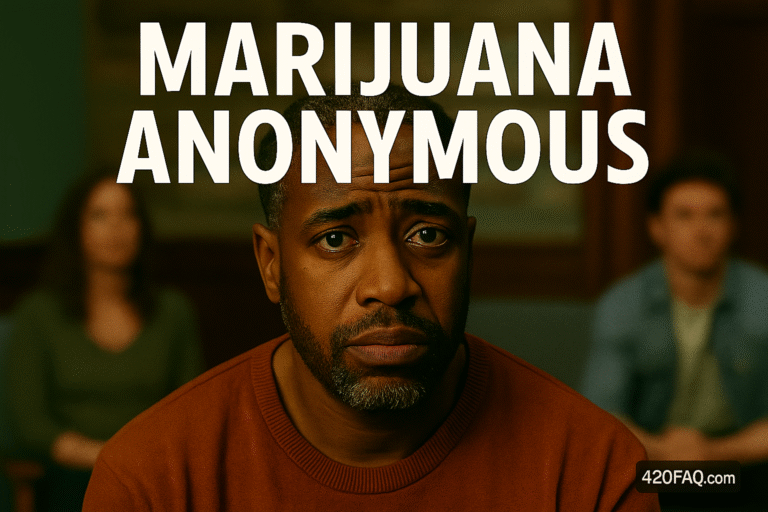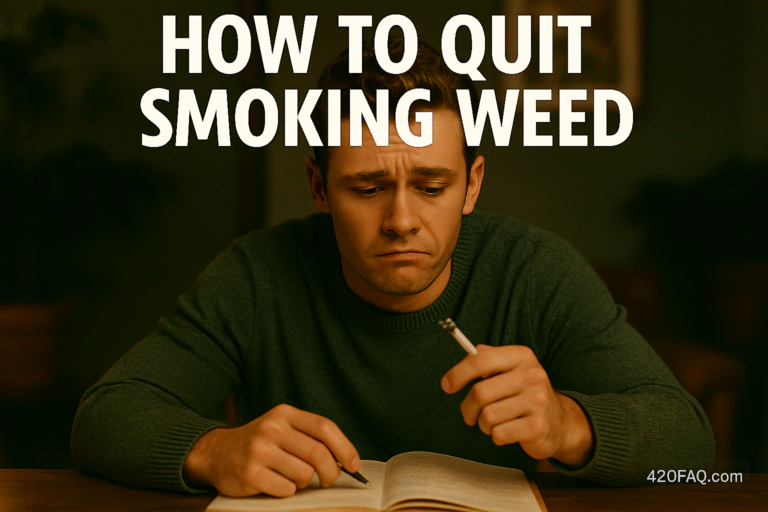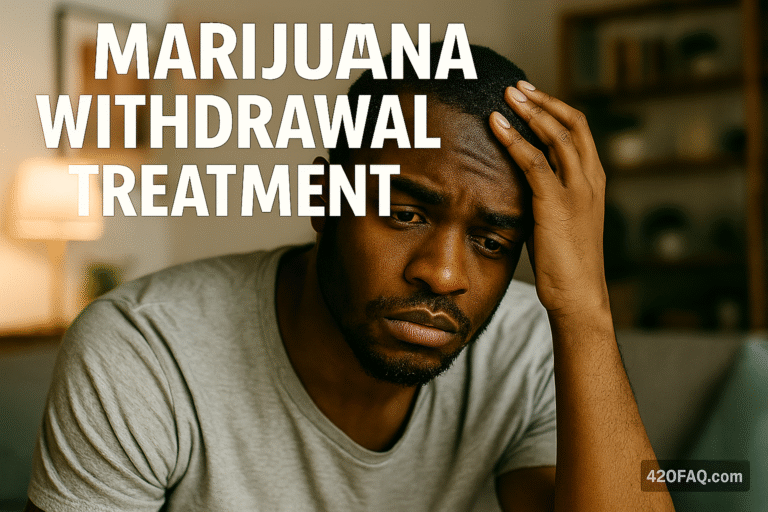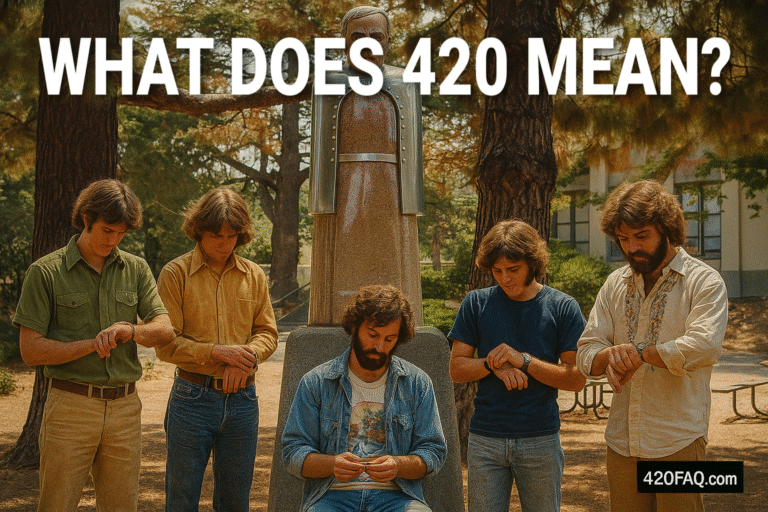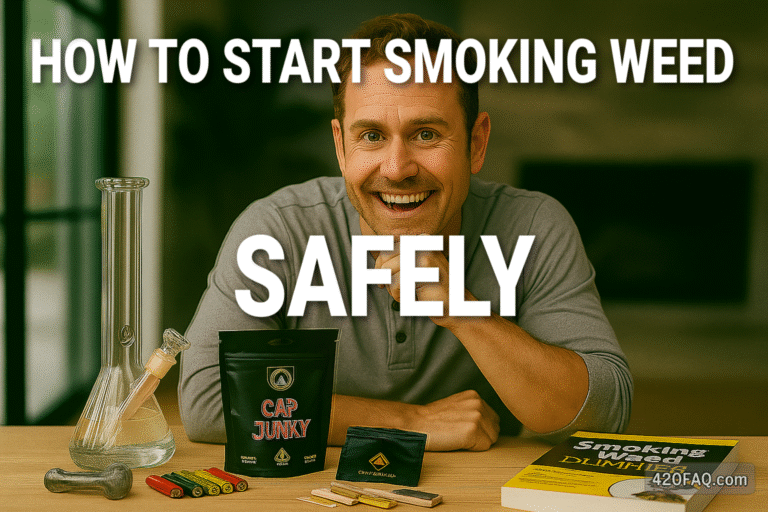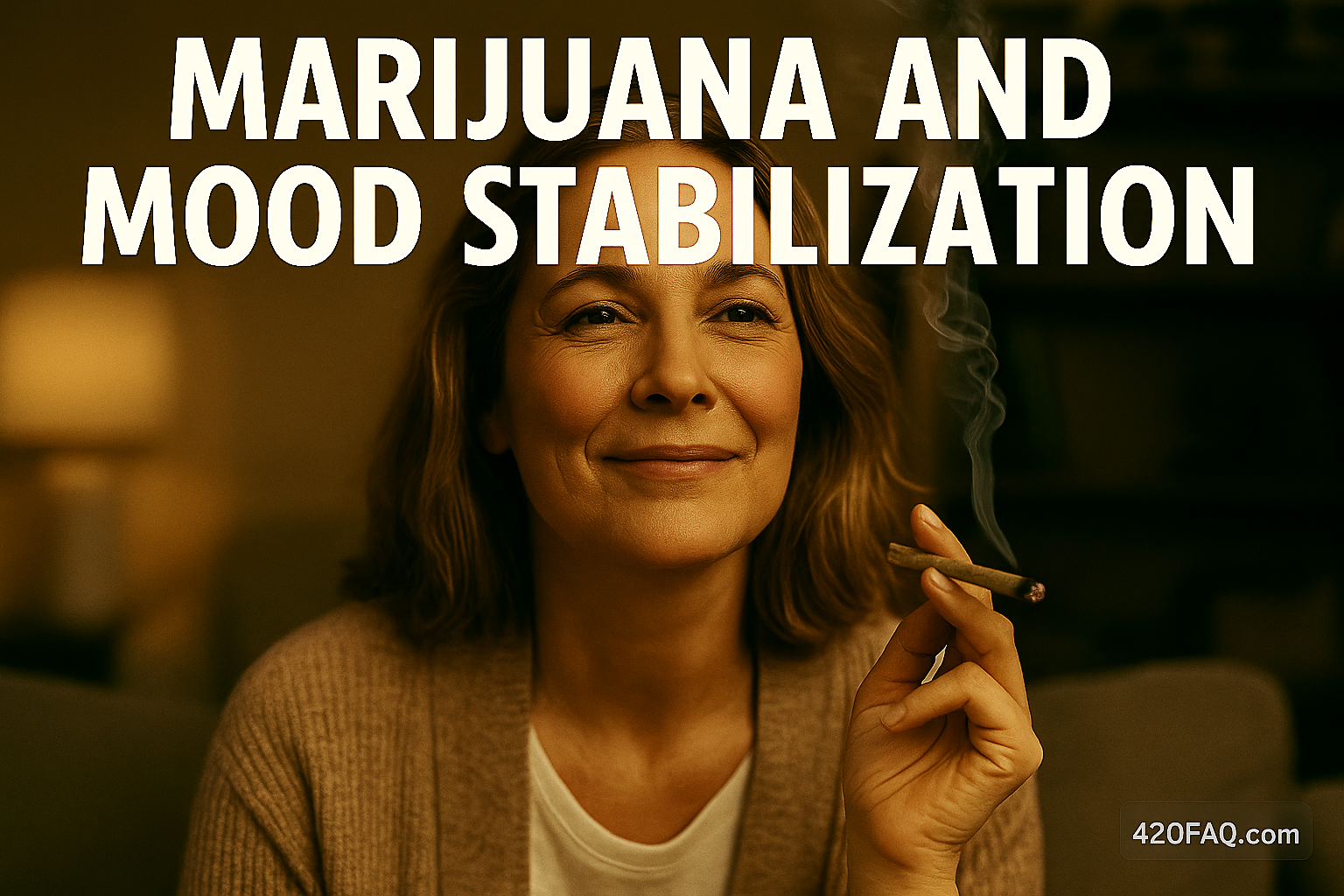
Marijuana and Mood Stabilization: Comprehensive Guide
Marijuana’s impact on mood is complex. Some people report calmer days, better sleep, and fewer lows. Others experience anxiety spikes, racing thoughts, or mood swings. This guide explains how cannabis interacts with the brain’s mood systems, where it may help, where it can backfire, and how product choice and dosing influence the outcome.
Understanding How Cannabis Affects Mood
Cannabis works through the endocannabinoid system (ECS)—a network of receptors and signaling molecules that helps regulate stress, emotion, sleep, and reward. Two cannabinoids get the most attention:
- THC (tetrahydrocannabinol): psychoactive; can lift mood at low doses but may increase anxiety, paranoia, or irritability at higher doses.
- CBD (cannabidiol): non-intoxicating; interacts with serotonin and other targets that may reduce anxiety and support emotional balance.
Because the ECS interacts with serotonin, dopamine, GABA, and stress hormones, responses vary widely person to person. Dose, ratio (THC:CBD), and timing all matter.
Where Cannabis May Help—and Where It May Not
Depressive Symptoms
Some users report a short-term lift in mood, improved appetite, and better sleep—especially with balanced or CBD-forward products. Long-term heavy THC use, however, may blunt motivation or worsen low mood in a subset of users.
Anxiety
Low doses of THC or CBD-dominant products can reduce anxiety for many people. High THC doses, fast-onset inhalation, and strong sativa-leaning chemovars are more likely to trigger jitters or panic in sensitive users.
Bipolar Spectrum
Reports are mixed. Some individuals use cannabis to soften depressive phases or calm agitation. Others experience increased cycling, insomnia, or hypomanic symptoms—especially with high-THC products. For an accessible overview of risks and findings, see
Can Marijuana Treat Bipolar Disorder?.
Potential Benefits for Mood Stabilization
- Stress relief: Lower perceived stress and improved ability to “downshift” after work.
- Sleep support: Falling asleep faster; CBD may improve sleep continuity for some.
- Anxiety moderation: CBD-rich products can reduce baseline anxiety in many users.
- Adjunctive support: Some patients use cannabis alongside standard care to ease side effects (e.g., appetite, nausea, restlessness).
Risks, Trade-offs, and Who Should Be Cautious
- Mood destabilization: High-THC, frequent use can worsen anxiety, irritability, or emotional swings.
- Sleep disruption: Nightly high THC may suppress REM; some users report vivid dreams after stopping.
- Dependence and tolerance: Escalating dose can reduce benefits and increase side effects.
- Psychosis risk: Individuals with personal or family risk for psychotic disorders should avoid high-THC products.
- Medication interactions: CBD can affect drug metabolism (CYP450). Coordinate with your clinician.
Why Dose and Ratio Matter
For mood, the dose-response curve is often “inverted-U”: small amounts may calm or lift mood; large amounts can do the opposite. CBD can buffer some of THC’s edginess. Many users find steadier results with:
- CBD-dominant or balanced ratios (e.g., 20:1, 10:1, 4:1, or 1:1 CBD:THC).
- Slower onset forms (tinctures/capsules) for even effects and fewer spikes.
- Microdosing THC (e.g., 0.5–2.5 mg) instead of large single doses.
Product Types and Onset Profiles
- Inhalation (flower/vape): Fast onset (minutes), short duration (2–4 hrs). Easier to overshoot dose.
- Tinctures & oils: Onset ~30–90 min; duration 4–6+ hrs. Good for steady baseline support.
- Capsules/edibles: Onset 45–120 min; duration 6–8+ hrs. Start low; avoid “stacking” doses.
- Topicals: Local relief; minimal mood impact except transdermal patches with systemic absorption.
Practical Dosing Patterns People Use
These are descriptive patterns people report, not prescriptions.
- Daytime calm: CBD dominant (e.g., 10–40 mg CBD) with micro-THC (0–2.5 mg) if tolerated.
- Evening unwind: Balanced 1:1 or 2:1 CBD:THC at low dose (e.g., 2.5–5 mg THC total).
- Sleep support: Low THC + CBD 60–90 minutes before bed; avoid very high THC nightly to protect sleep architecture.
What the Evidence Currently Suggests
- Anxiety: CBD shows the most consistent anxiolytic signal; THC is biphasic (helps some at low dose, worsens others at higher dose).
- Depression: Short-term improvement is reported, but heavy long-term THC may worsen mood for some.
- Bipolar: Evidence is mixed with clear signals of risk for mania/instability at higher THC exposures. Careful clinical oversight is essential.
Who Seems to Do Better—and Who Doesn’t
- May do better: Individuals using CBD-dominant or balanced products, low total daily THC, and steady dosing routines.
- Often struggle: Those using high-THC multiple times daily, chasing short-term relief, or with a history of psychosis or rapid cycling.
Interactions and Contraindications
CBD may alter metabolism of SSRIs, SNRIs, TCAs, antipsychotics, and mood stabilizers via CYP450. THC can add sedation with benzodiazepines, hypnotics, and alcohol, and may increase heart rate or anxiety in sensitive users. Always coordinate changes with your clinician.
Lower-Risk Use Patterns
- Prefer CBD-dominant or balanced formulations for daytime mood support.
- Microdose THC when testing response; increase slowly if needed.
- Use consistent timing and avoid frequent redosing spikes.
- Track mood/sleep in a simple journal to see what actually helps.
- Plan tolerance breaks to preserve benefit and reduce escalation.
Legal and Clinical Considerations
Laws vary by state. Even where legal, workplace and federal rules may restrict use. Clinically, most providers see cannabis as an adjunct, not a replacement for established mood stabilizers or therapy. CBD-forward approaches are often preferred for mood steadiness.
Frequently Asked Questions About Marijuana and Mood Stabilization
Does marijuana stabilize mood?
Sometimes—especially with CBD-dominant or balanced products at modest doses. High-THC, frequent use is more likely to destabilize mood.
Is CBD better than THC for mood?
For many, yes. CBD is non-intoxicating and tends to be anxiolytic. THC can help at low doses but is more prone to cause anxiety or irritability at higher doses.
Can cannabis replace my mood stabilizer?
No. It may be used with standard care in some cases, but you should not stop prescribed medication without medical guidance.
What ratio should I start with?
Many people begin with CBD-dominant (e.g., 10:1 or 20:1 CBD:THC) or a gentle 1:1. Start low, increase slowly, and track your response.
Will nightly THC hurt my sleep?
It can help you fall asleep but may reduce REM with heavy, long-term use. Many switch to CBD-forward options or keep THC doses small.
Is cannabis safe for bipolar disorder?
Risk varies. Some report relief, but high-THC exposure can trigger mania or faster cycling in others. Review this with your clinician and see
Can Marijuana Treat Bipolar Disorder?.
Conclusion
Cannabis can support mood stability for some—especially with CBD-forward products, low THC, and steady dosing. It can also backfire when doses are high, use is frequent, and individual risk is elevated. The most reliable results come from starting low, favoring CBD, avoiding large spikes of THC, and coordinating with clinical care—particularly for bipolar spectrum conditions.

